Top things to consider before buying a ceramic kiln
Buying a ceramic kiln can feel like standing at the edge of a vast ocean, with waves of choices crashing around you. Whether you're a seasoned potter or just dipping your toes into the world of ceramics, the decision to purchase a kiln is not one to take lightly. It's not just about firing clay; it's about investing in your craft and enhancing your creative potential. So, what should you consider before making this significant leap? Let’s dive into the essential factors that will guide your decision-making process and help you choose the perfect kiln for your artistic journey.
When it comes to kilns, one size does not fit all. Different types of kilns serve various purposes, and knowing the distinctions can be a game changer for your pottery experience. Electric kilns are popular for their ease of use and consistent firing temperatures, making them ideal for beginners. On the other hand, gas kilns offer a unique aesthetic and can reach higher temperatures, perfect for experienced potters looking to experiment with reduction firing. Then there are wood-fired kilns, which infuse your pieces with distinct character and unpredictability, but they require more skill and commitment. Understanding these types will help you align your choice with your artistic goals.
Choosing the right size kiln is like picking the right canvas for your masterpiece. You wouldn’t want a tiny canvas for a grand mural, right? Similarly, the size of your kiln should reflect your projects and workspace limitations. Consider how many pieces you plan to fire at once and the dimensions of those pieces. If you're working on larger projects or anticipate expanding your production, opting for a kiln with a larger capacity is wise. Remember, a kiln that’s too small can limit your creativity, while one that’s too large might be an unnecessary expense.
Temperature control is crucial in the world of ceramics. Different materials and firing techniques require specific temperature ranges to achieve the desired results. For instance, earthenware typically fires at lower temperatures (around 1,830°F), while stoneware and porcelain need higher temperatures (up to 2,400°F). Understanding these requirements will help you select a kiln that can handle the range necessary for your projects. This knowledge is vital, as firing at incorrect temperatures can lead to disastrous results, ruining your hard work.
In today's world, energy efficiency isn't just a buzzword; it's a necessity. When evaluating kilns, consider how much energy they consume during operation. An energy-efficient kiln not only reduces your carbon footprint but also saves you money in the long run. Look for kilns with good insulation and energy-saving features. This can significantly impact your operating costs, especially if you plan to use the kiln frequently. Remember, every penny saved on energy is a penny you can reinvest in your pottery.
Safety should never take a backseat when dealing with high temperatures and electrical equipment. Before purchasing a kiln, ensure it includes essential safety features such as automatic shut-off systems, temperature monitoring, and proper ventilation. These features protect not only your workspace but also your well-being. A kiln that prioritizes safety can give you peace of mind, allowing you to focus on your creativity without the constant worry of potential hazards.
Setting a budget is like laying the foundation of your pottery studio. It’s essential to know what you can afford before diving into the world of kilns. Prices can vary dramatically based on size, type, and features. On average, electric kilns can range from $500 to $3,000, while gas and wood-fired options may be higher due to their complexity and materials. Understanding what you can expect in terms of quality and performance within your budget can help you make an informed decision that aligns with your financial situation.
Not all kilns are created equal, and brand reputation plays a significant role in ensuring quality and reliability. Before making a purchase, do your homework. Research various kiln brands and read user reviews to gauge their performance and customer service. A reputable brand often translates to better craftsmanship and support, which can save you headaches down the line. Think of it as choosing a reliable car; you want something that will get you where you need to go without breaking down.
A good warranty and customer support can save you money in the long run. Look for kilns that come with comprehensive warranty offerings. This not only protects your investment but also ensures that you have access to help if something goes wrong. Customer support is equally important; having a responsive team to assist you with troubleshooting or repairs can make a world of difference in your pottery journey.
As you embark on your ceramic journey, it’s crucial to think about the future. Will your projects grow in complexity or size? Anticipating your needs can help you select a kiln that not only meets your current requirements but also accommodates future expansion. Investing in a kiln with a bit of extra capacity or versatility can prove to be a wise decision, allowing you to explore new techniques and projects without the need for a second kiln down the line.
- What is the best type of kiln for beginners? Electric kilns are generally recommended for beginners due to their ease of use and consistent firing.
- How much does a ceramic kiln cost? Prices can range from $500 to $3,000 depending on the type and features.
- What safety features should I look for in a kiln? Look for automatic shut-off systems, temperature monitoring, and proper ventilation.
- Can I use a kiln for different types of clay? Yes, but ensure the kiln can reach the necessary temperatures for the clay types you intend to use.
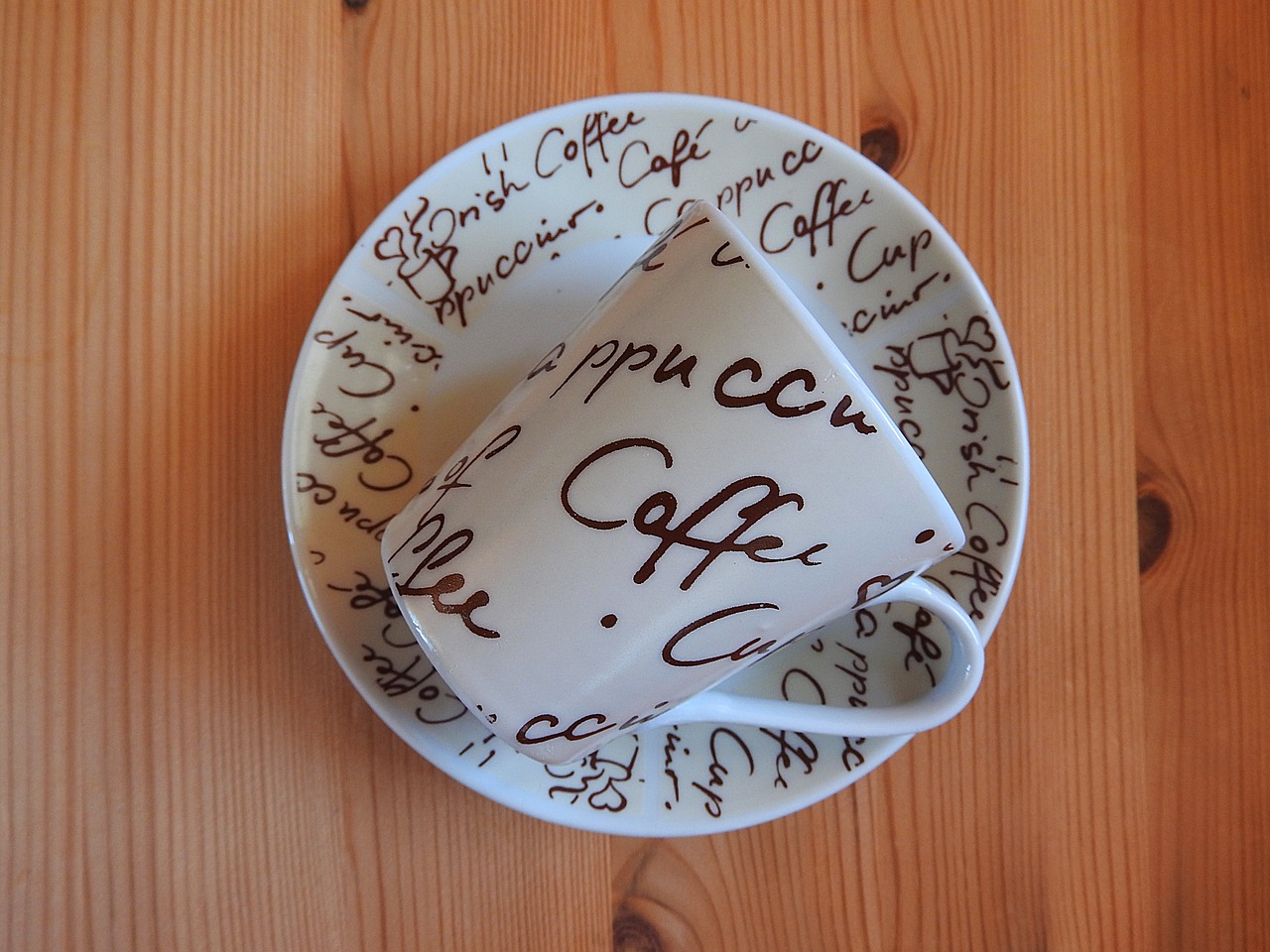
Understanding Kiln Types
This article explores essential factors to consider when purchasing a ceramic kiln, helping both beginners and experienced potters make informed decisions to enhance their pottery experience.
When venturing into the world of ceramics, one of the most critical decisions you'll face is choosing the right kiln. There are several types of kilns, each serving unique purposes and offering different benefits. Understanding these differences can significantly impact your pottery journey, whether you're just starting or looking to upgrade your current setup.
Let's dive into the three most common types of kilns you'll encounter:
- Electric Kilns: These are the most popular choice among hobbyists and professionals alike. Electric kilns are user-friendly, maintain consistent temperatures, and are perfect for a variety of firing techniques, including bisque and glaze firing. They come in various sizes, making them suitable for small studios or larger workshops. Additionally, electric kilns are generally cleaner and more efficient, as they don’t produce smoke or fumes.
- Gas Kilns: If you’re looking for a kiln that provides a unique aesthetic to your pottery, gas kilns might be your best bet. These kilns use natural gas or propane and are known for producing rich, varied colors in glazes due to the reduction atmosphere they create during firing. However, they require more setup and maintenance compared to electric kilns, and they may not be suitable for indoor use due to ventilation needs.
- Wood-Fired Kilns: For those who appreciate traditional techniques, wood-fired kilns offer a unique experience. They are often used for creating pieces with a distinct character, as the wood ash can interact with glazes during the firing process. However, these kilns demand a significant amount of time and effort, from gathering wood to managing the fire. They are generally best suited for experienced potters who are looking for that extra layer of artistry in their work.
Each kiln type has its advantages and disadvantages, so it's essential to consider what aligns best with your artistic vision and practical needs. Think about the following:
| Kiln Type | Advantages | Disadvantages |
|---|---|---|
| Electric | Easy to use, consistent temperatures, cleaner operation | Limited to electric power, may not achieve high reduction effects |
| Gas | Creates unique glaze effects, flexible firing options | Requires ventilation, more complex setup |
| Wood-Fired | Traditional methods, unique aesthetic results | Time-consuming, requires significant effort and space |
Ultimately, the right kiln for you will depend on your specific needs, the type of pottery you wish to create, and the space you have available. As you explore your options, keep in mind the importance of matching the kiln to your artistic goals. Are you looking for consistency, creativity, or a blend of both? This foundational decision will set the stage for your entire pottery experience.
Q: What is the best kiln for beginners?
A: Electric kilns are generally the best choice for beginners due to their ease of use and consistent performance.
Q: Can I use a gas kiln indoors?
A: No, gas kilns require proper ventilation and are best used outdoors or in well-ventilated areas.
Q: How do I maintain my kiln?
A: Regular cleaning, checking electrical connections, and ensuring proper ventilation are key to maintaining your kiln's performance.
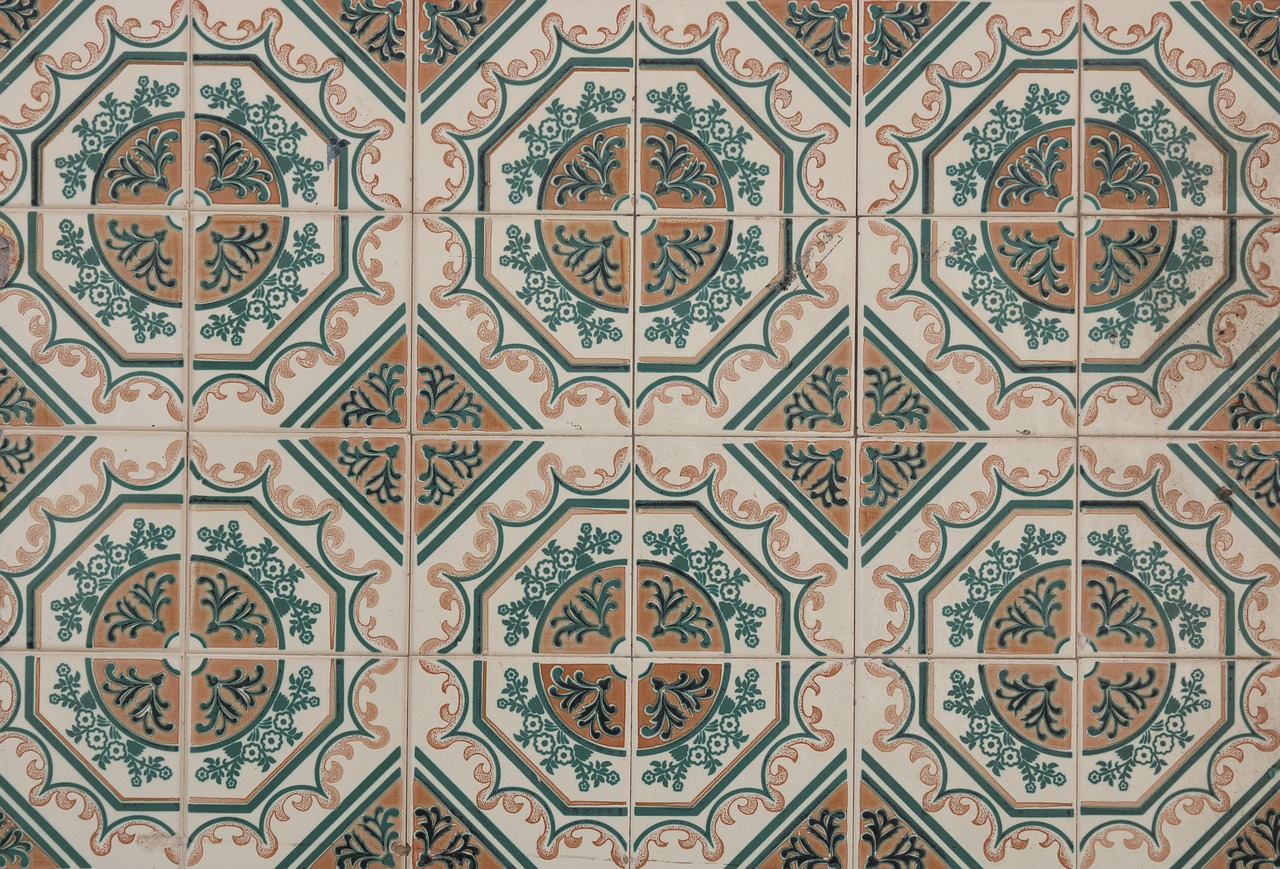
Size and Capacity
When it comes to purchasing a ceramic kiln, one of the most critical factors to consider is the of the kiln. Imagine trying to bake a cake in a too-small oven; it just won’t work, right? Similarly, the right kiln size can make a world of difference in your pottery projects. First, think about the types of pieces you plan to create. Are you focusing on small items like mugs and bowls, or are you dreaming of larger sculptures? Understanding your project scope will help you determine the kiln capacity you need.
Another aspect to consider is your workspace. Do you have ample room for a large kiln, or are you working in a cozy studio where space is at a premium? A compact kiln might be more suitable for smaller studios, but it could limit your creativity if you plan to expand your projects in the future. It's essential to balance your current needs with potential growth in your ceramic endeavors.
To help you visualize the options, here’s a quick comparison of common kiln sizes:
| Kiln Size | Typical Capacity | Ideal For |
|---|---|---|
| Small | Up to 1 cubic foot | Beginner projects, small items |
| Medium | 1 to 3 cubic feet | General pottery, larger pieces |
| Large | 3 cubic feet and above | Professional use, larger sculptures |
When evaluating the kiln size, also consider the maximum firing temperature and how it aligns with the materials you plan to use. For instance, if you’re working with stoneware or porcelain, you’ll need a kiln that can reach higher temperatures. In contrast, earthenware can be fired at lower temperatures, allowing for more flexibility in kiln choice.
Moreover, think about how often you plan to use the kiln. If you’re a hobbyist who fires occasionally, a smaller kiln might suffice. However, if you’re a professional potter or you plan to run workshops, investing in a larger kiln could be worth it in the long run. Remember, it’s not just about today’s projects but also about what you envision for your future in ceramics.
Lastly, don’t overlook the importance of accessibility. Ensure that you can easily load and unload pieces from your kiln, especially if it’s on the larger side. The last thing you want is to struggle with heavy pieces or awkward angles when trying to get your creations in and out of the kiln.
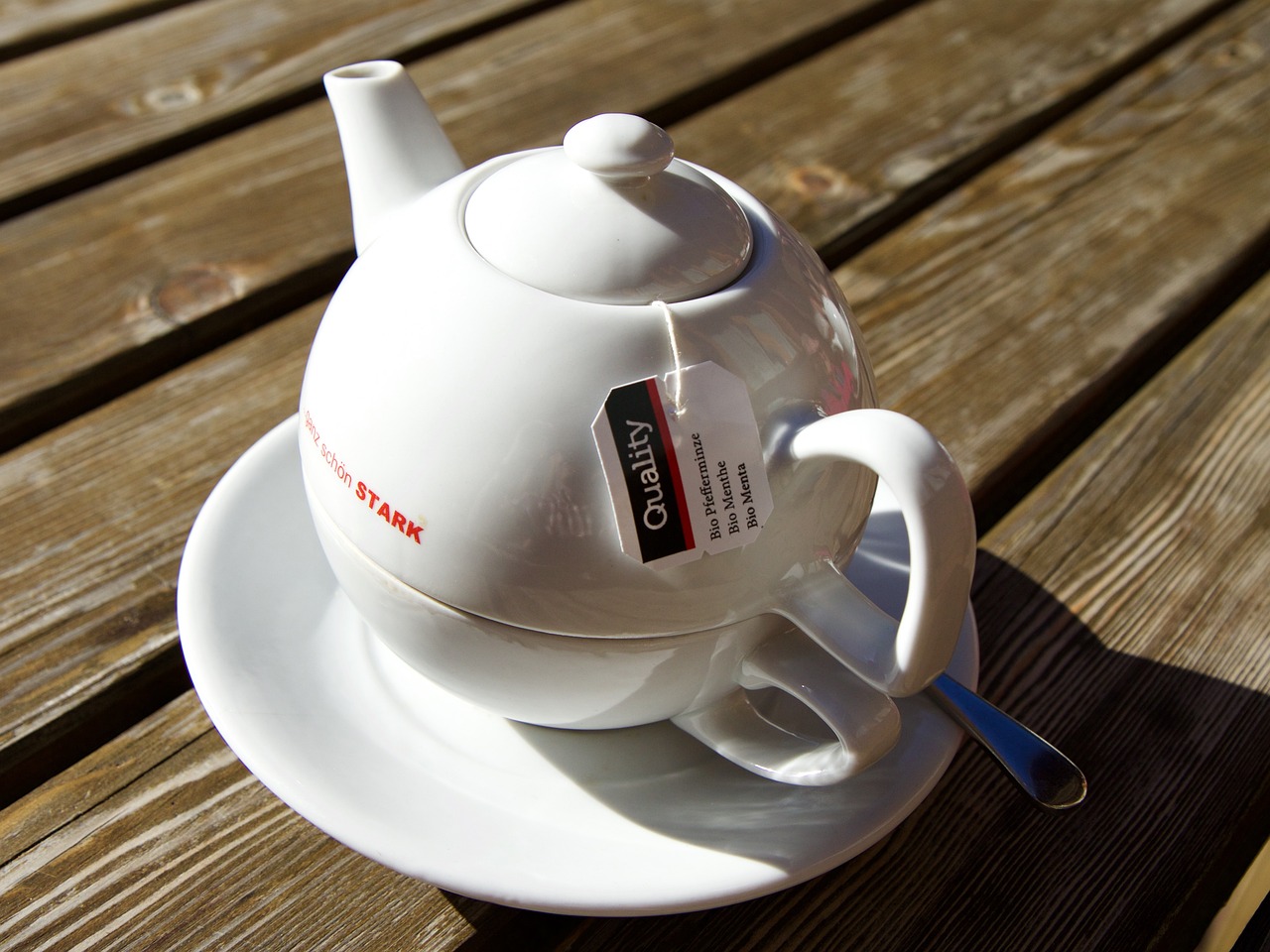
Temperature Range
When it comes to ceramics, temperature control is not just a technical detail; it’s the heart and soul of the pottery process. Each type of ceramic material requires a specific temperature range to achieve optimal results, and understanding these requirements is essential for both beginners and seasoned potters alike. Imagine trying to bake a cake at the wrong temperature; the same principle applies to ceramics. If you fire your pieces at too low a temperature, they may not mature properly, leading to weak, porous pottery. On the other hand, firing at excessively high temperatures can result in melting or warping, ruining your hard work.
So, what are the typical temperature ranges you should be aware of? Generally, kilns are categorized based on their firing temperature capabilities:
| Type of Firing | Temperature Range (°F) | Common Uses |
|---|---|---|
| Low Fire | 1830 - 2100 | Earthenware, decorative ceramics |
| Mid Fire | 2100 - 2300 | Stoneware, some porcelain |
| High Fire | 2300 - 2500 | High-quality stoneware, porcelain |
Understanding these ranges helps you select a kiln that fits your artistic ambitions. For instance, if you're primarily working with earthenware and plan to use vibrant glazes, a low-fire kiln will be your best friend. Conversely, if you’re venturing into more robust stoneware or porcelain, you’ll want a kiln capable of reaching the higher temperature thresholds.
Moreover, consider the firing techniques you plan to use. Techniques like oxidation and reduction firing can affect the final appearance and strength of your pieces. Each firing technique may require different temperature settings, so having a kiln that offers precise temperature control is crucial. Some advanced kilns even come with programmable settings that allow you to automate the firing process, ensuring that your pieces receive the exact treatment they need.
In summary, the of your kiln is a fundamental aspect that can significantly influence your pottery results. It’s not merely about choosing a kiln that can reach high temperatures; it’s about selecting one that aligns with your specific ceramic practices and artistic goals. Before making a purchase, evaluate the types of ceramics you intend to create and ensure that the kiln you choose can accommodate those needs.
- What is the ideal temperature for firing earthenware?
Earthenware is typically fired at low temperatures, between 1830°F to 2100°F. - Can I use a high-fire kiln for low-fire projects?
Yes, you can use a high-fire kiln for low-fire projects, but you’ll need to carefully control the temperature to avoid damaging your pieces. - How do I know if my kiln has accurate temperature control?
Look for kilns with digital controllers or pyrometric cones that provide reliable temperature readings.
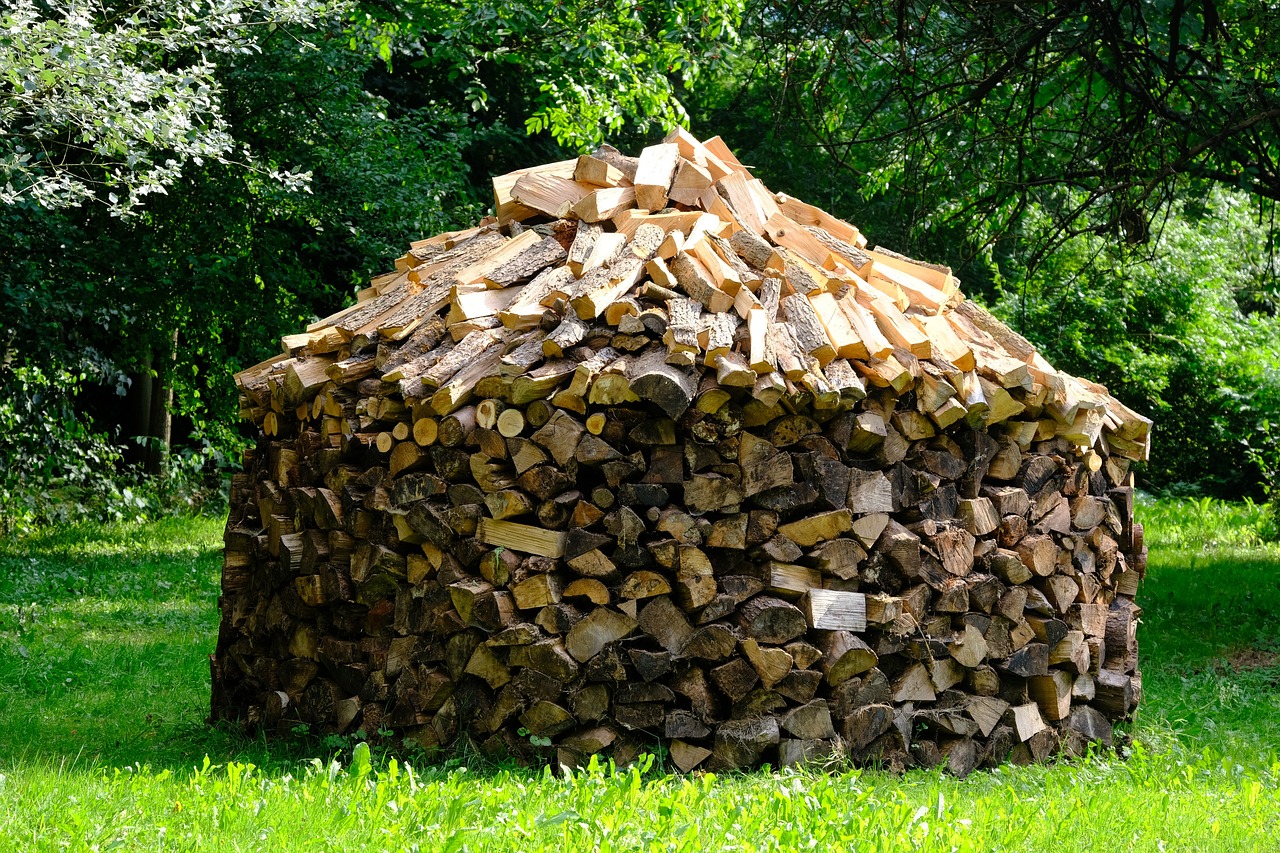
Energy Efficiency
When it comes to purchasing a ceramic kiln, one of the most crucial aspects to consider is . In today's world, where energy costs are constantly rising, finding a kiln that minimizes energy consumption can save you a significant amount of money in the long run. But how do you evaluate the energy efficiency of a kiln? Well, let’s break it down.
First off, you want to look at the kiln's insulation. High-quality insulation helps retain heat, meaning the kiln doesn’t have to work as hard to reach and maintain the desired temperature. This not only conserves energy but also contributes to more consistent firing results. Generally, kilns with thicker insulation are more energy-efficient. So, if you’re comparing models, check the insulation specifications.
Next, consider the kiln's control system. Modern kilns often come equipped with advanced digital controls that allow for precise temperature management. This means you can program your kiln to fire only when necessary, reducing unnecessary energy usage. For instance, a kiln with a programmable controller can ramp up to temperature slowly, which is more energy-efficient than a quick spike.
Another factor to contemplate is the type of heating element used in the kiln. Electric kilns, for example, can vary widely in efficiency based on the design and quality of the heating elements. Look for kilns that utilize high-quality, energy-efficient heating elements, as these will not only save energy but also enhance the lifespan of the kiln.
To illustrate the differences in energy consumption, consider the following table comparing three types of kilns: electric, gas, and wood-fired:
| Type of Kiln | Energy Source | Efficiency Rating | Typical Energy Cost |
|---|---|---|---|
| Electric Kiln | Electricity | High | $$$ |
| Gas Kiln | Natural Gas | Medium | $$ |
| Wood-Fired Kiln | Wood | Low | $ |
As you can see, electric kilns typically offer a higher efficiency rating, which can translate to lower energy costs. However, it’s essential to balance efficiency with your specific needs and preferences. For instance, if you enjoy the traditional aspects of pottery, a wood-fired kiln might appeal to you despite its lower efficiency.
Lastly, don’t forget to consider the overall design of the kiln. Some kilns are designed with energy efficiency in mind, featuring elements like recycling heat or using less energy during the cooling phase. By choosing a kiln that incorporates these features, you can further enhance your energy savings.
In summary, energy efficiency is not just a buzzword; it’s a vital factor that can significantly impact your pottery experience and costs. By focusing on insulation, control systems, heating elements, and overall kiln design, you can choose a kiln that not only meets your artistic needs but also aligns with your budget and environmental considerations.
- What is the most energy-efficient type of kiln? Electric kilns are generally considered the most energy-efficient due to their insulation and control systems.
- How can I reduce energy costs when using a kiln? Proper insulation, using programmable controls, and maintaining your kiln can help reduce energy costs.
- Are there kilns designed specifically for energy efficiency? Yes, many manufacturers focus on creating kilns that are optimized for energy efficiency, featuring advanced insulation and heating technologies.
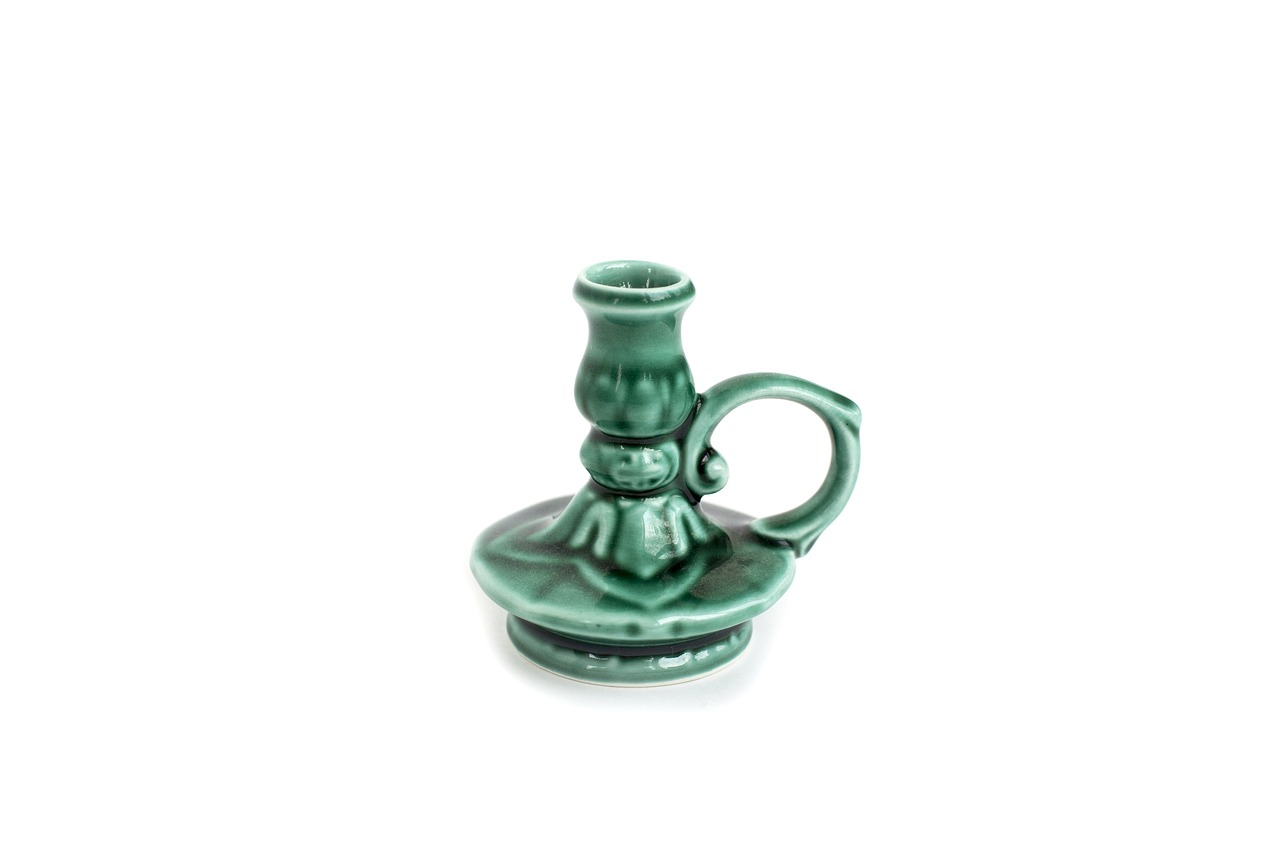
Safety Features
When it comes to pottery, the thrill of creating beautiful pieces can sometimes overshadow the importance of safety. However, investing in a ceramic kiln is not just about firing your creations; it's also about ensuring a safe environment for you and those around you. So, what should you look for in terms of safety features? Well, let’s dive into some key aspects that can make a world of difference!
First and foremost, temperature control is crucial. A kiln can reach extremely high temperatures, which can pose serious risks if not properly managed. Look for kilns that come equipped with digital temperature controllers or thermocouples that provide accurate readings and allow for precise adjustments. This feature not only helps in achieving the desired firing results but also minimizes the risk of overheating.
Another vital safety aspect is the ventilation system. Proper ventilation is essential to prevent the buildup of harmful gases and fumes that can be released during the firing process. Many modern kilns come with built-in ventilation options, which help to maintain air quality. If your kiln doesn’t have this feature, consider investing in a separate ventilation system to ensure a safe workspace.
Additionally, you should assess the kiln’s insulation. Good insulation not only improves energy efficiency but also enhances safety by reducing the exterior temperature of the kiln. This means less risk of burns or accidental contact with hot surfaces. Look for kilns that feature high-quality ceramic fiber insulation or similar materials designed to contain heat.
Don't overlook the importance of emergency shut-off features. These can be lifesavers in critical situations, allowing you to quickly turn off the kiln in case of malfunction or unexpected events. Some kilns come with automatic shut-off systems that activate if the temperature exceeds a certain threshold, providing an extra layer of safety.
Lastly, always consider the location where you plan to set up your kiln. Ensure it is placed on a stable, non-flammable surface away from any flammable materials. A dedicated kiln room with proper fire safety measures, including fire extinguishers and smoke detectors, can make a significant difference in maintaining a safe working environment.
In summary, when selecting a ceramic kiln, prioritizing safety features is not just wise—it's essential. By focusing on temperature control, ventilation, insulation, emergency shut-off options, and proper placement, you can create a safer pottery experience that allows your creativity to flourish without the worry of hazards.
- What are the most important safety features to look for in a kiln?
Key safety features include temperature control systems, proper ventilation, good insulation, emergency shut-off options, and safe placement of the kiln.
- How can I ensure my kiln is properly ventilated?
Look for kilns with built-in ventilation or consider installing a separate ventilation system to maintain air quality during firing.
- Is insulation really that important?
Yes! Good insulation helps to contain heat, reducing the risk of burns and enhancing energy efficiency.
- What should I do in case of a kiln emergency?
Make sure your kiln has an emergency shut-off feature and familiarize yourself with its operation. Always have a fire extinguisher nearby as a precaution.
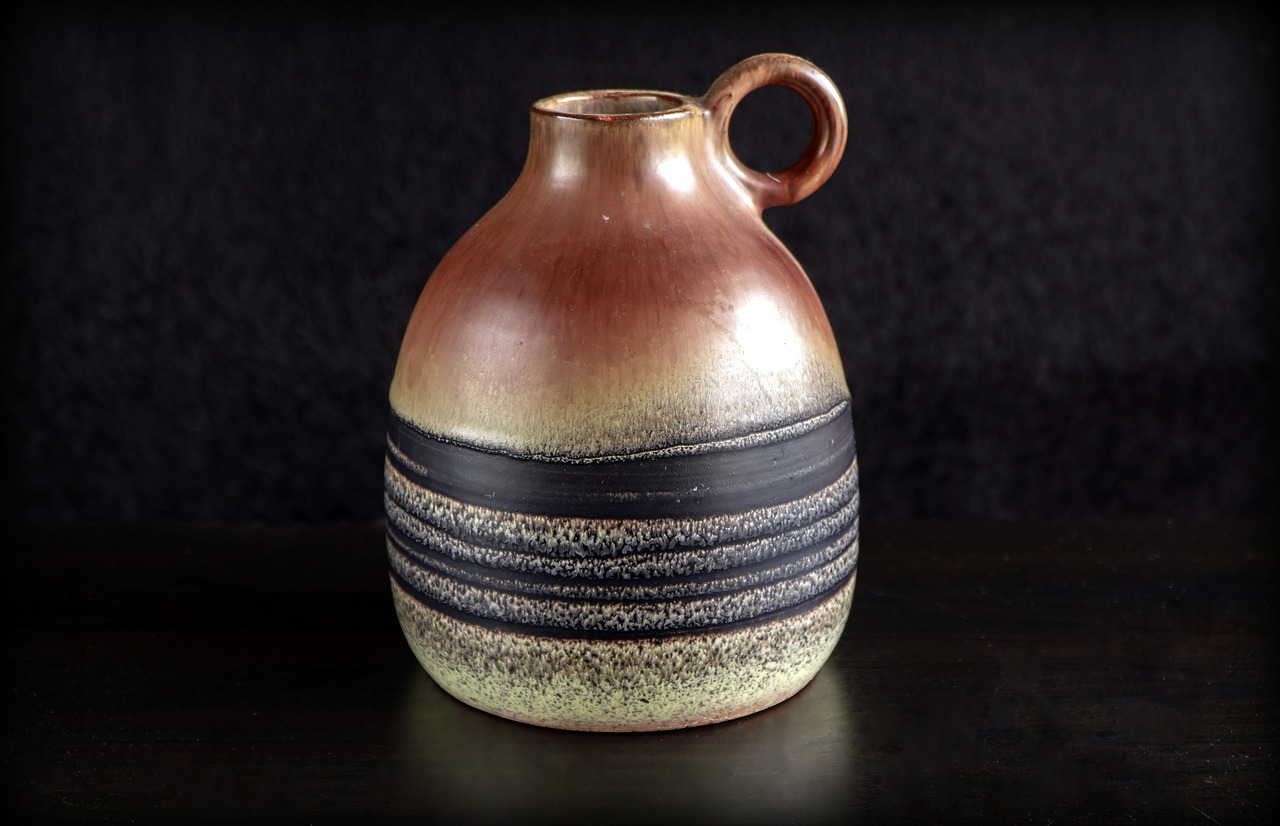
Budget Considerations
When it comes to buying a ceramic kiln, play a pivotal role in ensuring that you make a wise investment. It's not just about the initial purchase price; you need to think about the total cost of ownership over time. This includes not only the cost of the kiln itself but also the expenses related to installation, maintenance, and energy consumption. So, how do you go about setting a realistic budget?
First off, it’s essential to understand that kilns come in a wide range of prices, often influenced by their type, size, and features. For instance, electric kilns might start around $500 for smaller models, while larger or more advanced kilns can easily exceed $5,000. On the other hand, gas and wood-fired kilns often have different pricing structures, which can include additional costs for fuel and ventilation systems. Therefore, it’s crucial to assess what type of kiln aligns with your needs and budget.
Another factor to consider is the long-term operating costs. Electric kilns, while typically cheaper upfront, can lead to higher electricity bills, especially if you plan to fire frequently. Gas and wood-fired kilns might have lower energy costs but could require more maintenance and fuel. You might want to create a simple comparison table to evaluate these costs:
| Kiln Type | Initial Cost | Operating Costs | Maintenance |
|---|---|---|---|
| Electric | $500 - $5,000 | Higher electricity bills | Low |
| Gas | $1,000 - $6,000 | Moderate fuel costs | Moderate |
| Wood-fired | $1,500 - $7,000 | Variable fuel costs | High |
Additionally, you should think about accessories and tools that may be required for your kiln. Items such as shelves, posts, kiln furniture, and thermocouples can add to your overall expenditure. It's wise to factor these into your budget from the outset rather than being caught off guard later. Remember, a well-equipped workspace can significantly enhance your pottery experience.
Furthermore, consider the resale value of the kiln, especially if you anticipate upgrading in the future. Some brands hold their value better than others, so researching the market can save you money in the long run. Look for user reviews and resale statistics to help guide your decision.
In conclusion, setting a budget for a ceramic kiln is not merely about the purchase price; it involves a comprehensive look at all related costs. By understanding the initial investment, ongoing expenses, and potential resale value, you can make a more informed decision that aligns with your ceramic crafting goals.
- What is the average price range for a ceramic kiln? Prices can range from $500 for small electric kilns to over $7,000 for larger or specialized models.
- Are electric kilns more expensive to operate than gas kilns? Generally, yes. Electric kilns may lead to higher electricity bills compared to gas kilns, depending on usage.
- What additional costs should I consider when buying a kiln? You should account for accessories, installation, maintenance, and energy costs in your budget.
- Can I find budget-friendly kilns that still offer good quality? Yes, many brands offer reliable options at lower price points; just ensure to read reviews and do your research.
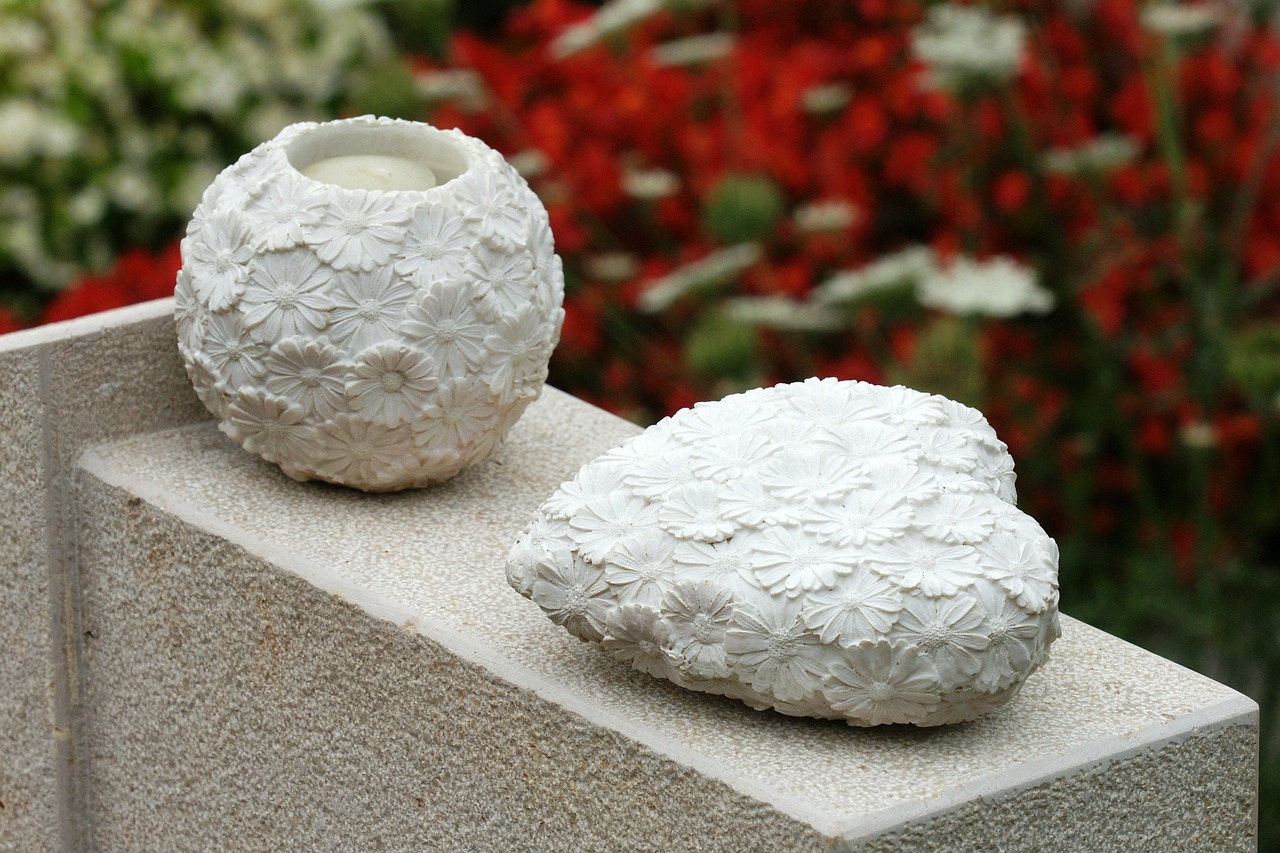
Brand Reputation
When it comes to purchasing a ceramic kiln, plays a pivotal role in ensuring you make a wise investment. After all, you wouldn't buy a car from a company with a history of poor performance, right? The same logic applies to kilns. A reputable brand typically indicates reliability, quality, and customer satisfaction. Therefore, it's essential to conduct thorough research before settling on a specific kiln.
One of the first steps in assessing brand reputation is to look for established manufacturers in the ceramic industry. Brands that have been around for a while often have a proven track record of producing high-quality kilns. You can look for brands that have received awards or recognition in the pottery community, as this can be a good indicator of their standing. Additionally, consider the following factors:
- Customer Reviews: Check online reviews on platforms like Amazon, pottery forums, and social media. Pay attention to both positive and negative feedback, as this can provide insight into the experiences of other users.
- Warranty and Support: Reputable brands often offer robust warranties and customer support. This shows that they stand behind their products and are willing to assist you if you encounter any issues.
- Community Engagement: Brands that actively engage with the pottery community through workshops, sponsorships, or social media are often more trusted. Their involvement demonstrates a commitment to the craft and its practitioners.
Another effective way to gauge brand reputation is to consult with fellow potters or instructors in your local pottery studio. Their firsthand experiences can provide valuable insights into which brands deliver on their promises and which ones to avoid. Remember, word-of-mouth recommendations can be incredibly powerful.
In addition to personal recommendations, consider exploring specialized websites and publications dedicated to ceramics. Many of these resources conduct reviews and comparisons of different kiln brands, offering a more comprehensive view of the market. You can also find forums where potters discuss their experiences, which can be an excellent resource for brand evaluation.
Ultimately, investing in a kiln from a reputable brand can save you a lot of headaches down the line. A kiln is a significant investment, and you want to ensure that it will perform well and last for years to come. By taking the time to research and understand the reputation of various brands, you’ll be setting yourself up for success in your ceramic journey.
Q: How can I find out more about a kiln brand's reputation?
A: You can start by reading customer reviews online, checking pottery community forums, and asking fellow potters for their recommendations. Additionally, look for brands that have been recognized in the industry.
Q: Is it worth spending more on a well-known brand?
A: While it may seem tempting to save money on a lesser-known brand, investing in a reputable kiln can lead to better performance and longevity, ultimately saving you money in the long run.
Q: What should I do if I have issues with my kiln?
A: Reach out to the manufacturer's customer support team. Reputable brands usually have good customer service and can assist you with troubleshooting or warranty claims.
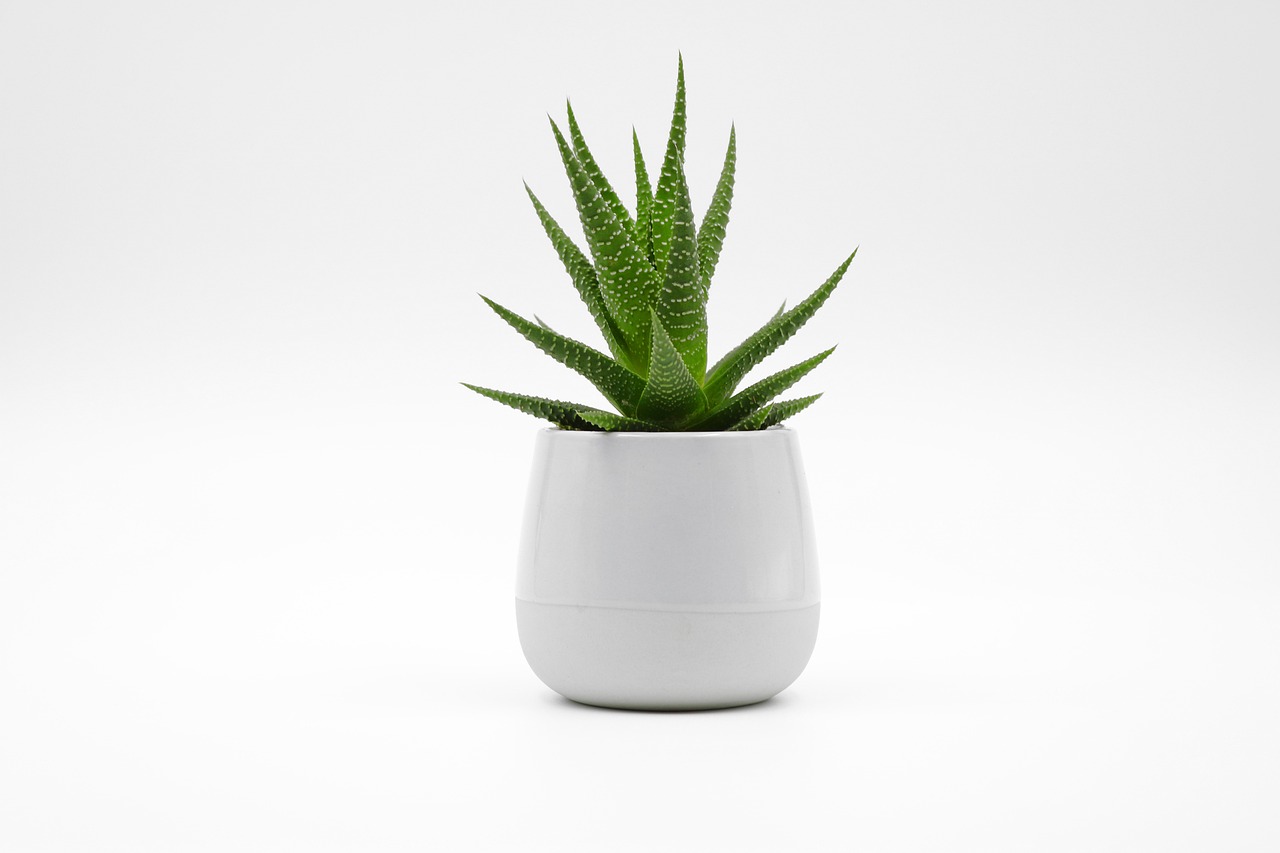
Warranty and Support
When investing in a ceramic kiln, one of the most critical factors to consider is the provided by the manufacturer. A kiln is not just a piece of equipment; it’s a significant investment in your craft, and having the right support can make all the difference in your pottery journey. Imagine spending your hard-earned money on a kiln only to find out that when something goes wrong, you’re left in the lurch. That’s why understanding the warranty terms and the level of customer support available is essential.
A good warranty typically covers manufacturing defects and may include parts and labor for a specific period. This can range from one year to several years, depending on the brand and model. When considering a kiln, it's wise to look for warranties that cover:
- Elements: These are crucial for heating your kiln, and they can wear out over time.
- Thermocouples: These are essential for temperature readings, and having them covered can save you a lot of hassle.
- Structural components: Ensure that the kiln body is covered, as this can be a costly repair if something goes wrong.
Customer support is equally important. A manufacturer that offers robust support can be a lifesaver. Look for companies that provide:
- Responsive Customer Service: Quick responses to your inquiries can alleviate many concerns.
- Technical Support: Access to knowledgeable technicians who can help troubleshoot issues.
- Online Resources: Comprehensive manuals, FAQs, and video tutorials can empower you to solve problems independently.
Before making a purchase, take the time to read reviews and testimonials from other users regarding their experiences with the manufacturer’s support. A little research can reveal a lot about how a company treats its customers after the sale. If possible, reach out to customer service with a question before buying; this can give you insight into their responsiveness and willingness to help.
Don't forget to compare warranties from different brands. Some manufacturers may offer extended warranties for an additional fee, which can be worth considering, especially if you're investing in a high-end kiln. In the long run, having a solid warranty and reliable support can save you both time and money, ensuring that your creative process remains uninterrupted.
Here are some common questions related to warranty and support for ceramic kilns:
- What should I look for in a kiln warranty? Look for coverage on key components like elements and thermocouples, as well as the duration of the warranty.
- How can I contact customer support? Most manufacturers provide contact details on their websites, including phone numbers, email addresses, and sometimes live chat options.
- Is there a difference between warranties for electric and gas kilns? Generally, warranties cover similar components, but it’s essential to check each model’s specifics as they may vary.
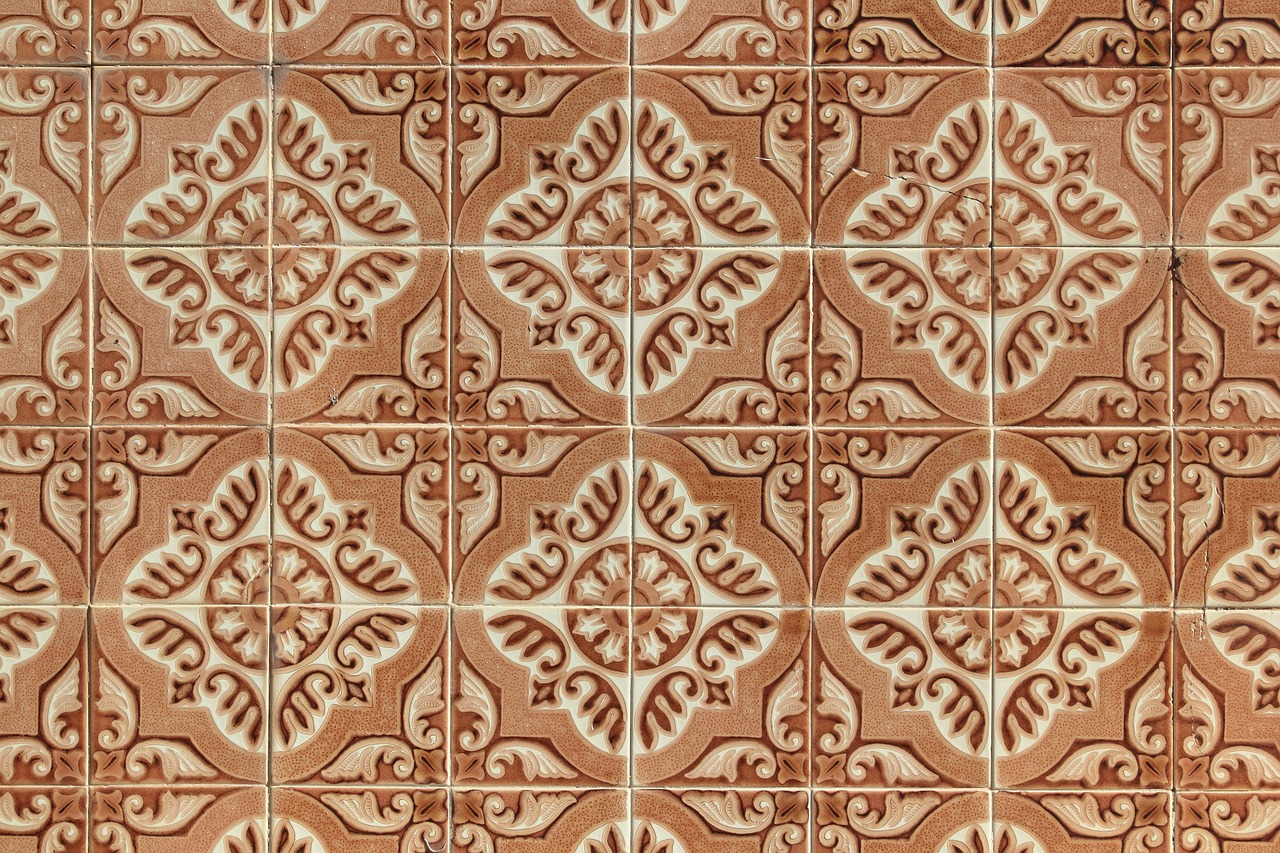
Future Expansion
When investing in a ceramic kiln, it’s crucial to think beyond your current projects. You might be a beginner now, but what happens when your skills flourish and your creative ideas start to expand? Anticipating future needs can save you from the hassle and expense of having to upgrade sooner than expected. Imagine your studio buzzing with activity, friends and family admiring your work, and you suddenly realize your kiln can’t keep up with the demand. That's a scenario no potter wants to find themselves in!
Consider the types of projects you might want to undertake in the future. Will you be experimenting with larger pieces, or perhaps venturing into more intricate designs that require different firing techniques? If so, you’ll want a kiln that can accommodate various sizes and styles. Here are some factors to keep in mind:
- Project Diversity: Think about the range of ceramics you plan to create. Will you be doing functional ware, sculptures, or decorative pieces? Each type may require different kiln specifications.
- Size Versatility: A kiln with adjustable shelves or a larger capacity can allow for more flexibility in your projects.
- Firing Techniques: If you're considering exploring various firing techniques such as raku or salt firing, ensure your kiln can handle those processes.
Additionally, it's worth considering the possibility of expanding your studio space in the future. A larger kiln may require a dedicated area with proper ventilation and electrical setups. Planning for this now can save you time and money later. Picture this: you’ve created a beautiful collection of pottery, and you want to showcase them at a local fair or gallery. A kiln that can accommodate larger batches means you can produce more pieces in less time, making your participation in such events much easier.
Lastly, think about the community around you. Are there local pottery clubs or classes that you might want to join? A kiln that can handle a variety of projects might also allow you to collaborate with others, sharing resources and ideas. This sense of community can be invaluable as you grow as an artist.
In summary, when selecting a kiln, always keep your future aspirations in mind. Investing in a kiln that allows for growth not only enhances your current pottery experience but also paves the way for exciting new opportunities. After all, the world of ceramics is vast and full of potential—don’t limit yourself to just the present!
1. How do I know what size kiln I need?
Consider the types of projects you want to create. If you plan to work on larger pieces or multiple items at once, a larger kiln will be beneficial.
2. Can I use any kiln for different firing techniques?
Not all kilns are suitable for every firing technique. Make sure to check the specifications of the kiln to see if it can accommodate the techniques you want to explore.
3. What should I look for in terms of energy efficiency?
Look for kilns that have good insulation and lower wattage requirements. This can significantly reduce your energy costs over time.
4. Is it worth investing in a more expensive kiln?
If you plan to expand your pottery practice, investing in a higher-quality kiln can save you money in the long run and provide better performance.
Frequently Asked Questions
-
What type of kiln is best for beginners?
For beginners, an electric kiln is often the best choice due to its ease of use and consistent firing results. Electric kilns are user-friendly, require less maintenance, and offer precise temperature control, making them perfect for those just starting in ceramics.
-
How do I determine the right size kiln for my needs?
Choosing the right size kiln depends on the types of projects you plan to undertake and the available space in your studio. Consider your workspace dimensions and the scale of your ceramic pieces. A small kiln may suffice for hobbyists, while larger kilns are better suited for more extensive production or classes.
-
What temperature range should I look for in a kiln?
The temperature range you need largely depends on the materials you intend to use. Most ceramics are fired between 1,800°F and 2,400°F. Ensure that the kiln you choose can reach the necessary temperatures for your specific clay and glaze types.
-
Are energy-efficient kilns worth the investment?
Absolutely! Energy-efficient kilns not only help reduce your operating costs, but they also minimize your environmental impact. Investing in a kiln with good insulation and efficient heating elements can save you money over time.
-
What safety features should I look for?
When purchasing a kiln, look for essential safety features such as automatic shut-off, proper ventilation systems, and sturdy construction. These features help protect you and your workspace from potential hazards associated with high-temperature firing.
-
How much should I budget for a quality kiln?
Pricing for kilns can vary widely based on size, type, and features, typically ranging from $500 to $5,000. It's crucial to set a budget that reflects your needs while also considering the long-term quality and performance of the kiln.
-
How important is brand reputation when choosing a kiln?
Brand reputation plays a significant role in ensuring you get a reliable and durable kiln. Researching reviews and feedback from other users can help you gauge the quality and performance of different brands before making your decision.
-
What should I know about warranties and customer support?
A robust warranty and responsive customer support can save you a lot of trouble down the line. Look for kilns that offer at least a 1-3 year warranty and check if the manufacturer provides reliable support for troubleshooting and repairs.
-
How can I prepare for future expansion in my ceramic projects?
When selecting a kiln, think about your long-term goals. If you anticipate growing your skills or expanding your projects, consider investing in a kiln with a larger capacity or advanced features that can accommodate future needs.



















